While birding with friends last week, I was asked a question that I frequently hear? “Do I need to have a UV filter on my lens to protect it?”
I am not sure that I really gave him a correct answer. It really isn’t a yes or no question. Like so many other things, particularly with photography, the answer depends upon your own particular situation.
With a protective lens, it really does depend upon what the final usage is for the photos that you take and how you feel about the slight degradation of the image you might see
Having a protective filter on your lens, no matter the quality of the filter will affect the resulting print. However, here’s the catch. If you are taking photos and your normal process is to post them online, either on social media or on a website, then you are not likely to notice the slightest difference between a photo that you took with the protective filter on or one that you took with that off.
But if you are making medium to large size prints from your photos, you may very well notice some softness or even a bit of distortion.
I hate to quibble over this for there are some variables that must be considered.
Of course, there is the consideration of what a protective filter is supposed to do. That of course, is to protect your lens from damage. That may be the most important factor to some people — even those who are making big prints of their photos. That bit of softness is just the price they are willing to pay for ensuring they don’t damage an expensive lens.
I do not use protective filters, even though, I do consider that now and then. I actually have a very large, high-quality UV filter that I did use on my big zoom lens for a little while.
I did notice that when I was taking pictures of birds in flight, in particular, and would have to do a significant crop, I definitely could see some softness caused by the filter. While it was not major and I imagine the vast majority of people looking at the photo would not notice it, but I did.
It is not that I am a perfectionist, for I certainly am not, but I can be persnickety about some things. That is particularly true about things of which I have some control. Since many of the actions I take and methods I use are for the sole purpose of creating the sharpest image that I possibly can, it seems counterproductive to then add an element to the process which creates softness.
My own solution to the danger presented by the possibility of scratching my lengths is to always have the lens hood attached. With my bigger lenses that would mean something would have to enter the “tunnel” created by the lens hood and travel three or 4 inches to reach the surface of the lens. Of course, when I am walking through the woods dodging branches, such thing could happen. But it really isn’t likely.
So, let me finish this by saying a protective filter is probably a good idea unless you are extremely picky about the softness that may appear in your photos with their use. With that, I do mean extremely picky for you may be hard-pressed to actually see the difference.
If you do decide to use a protective filter, I would advise buying a quality piece of glass and not the $12.99 special that you saw at Walmart.

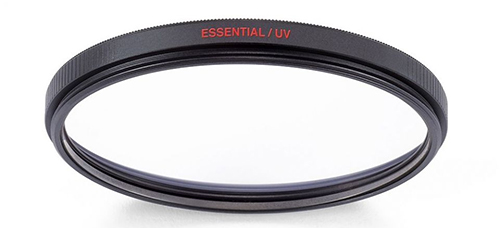

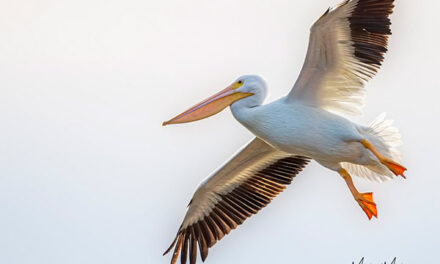
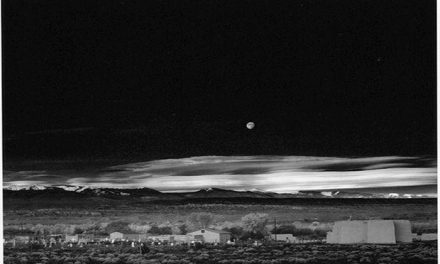
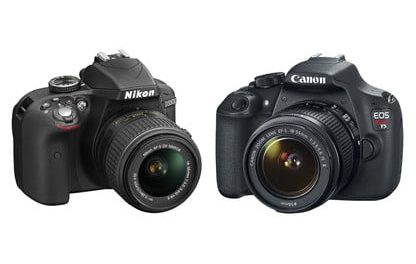

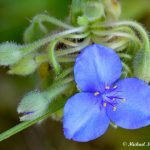



Recent Comments